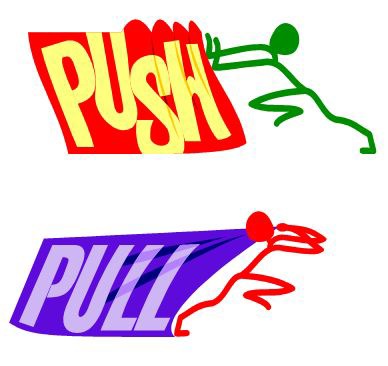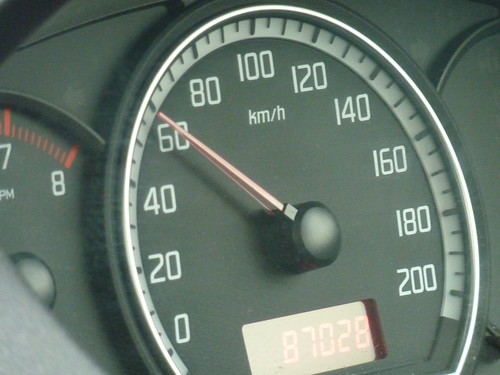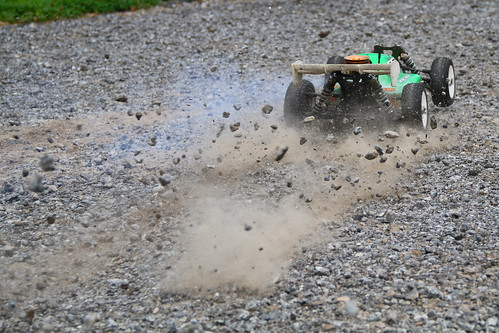Forces and Motion
4.7(3)
Card Sorting
1/58
Earn XP
Description and Tags
Study Analytics
Name | Mastery | Learn | Test | Matching | Spaced |
|---|
No study sessions yet.
59 Terms
1
New cards
Balanced Force
forces that cancel each other out when acting together on a single object

2
New cards
Elapsed Time
the time that elapses or passes while an event is occuring

3
New cards
Force
a push or pull exerted by one object on another, causing a change in motion

4
New cards
Friction
a force that opposes the motion of one object moving past another

5
New cards
Unbalanced Force
forces that do not cancel each other out when acting together on a single object

6
New cards
Action Force
the push of one object onto another object
7
New cards
reaction force
the push of a second object back on the first object
8
New cards
Force
a push or pull exerted by one object on another, causing a change in motion

9
New cards
Unbalanced Force
forces that do not cancel each other out when acting together on a single object

10
New cards
Action Force
the push of one object onto another object
11
New cards
reaction force
the push of a second object back on the first object
12
New cards
Balanced Force
forces that cancel each other out when acting together on a single object

13
New cards
REFERENCE POINT OR FRAME OF REFERENCE
Place or object used for comparison to determine if an object is in motion.
14
New cards
SPEED
Distance an object travels in a certain amount of time.

15
New cards
FORMULA FOR SPEED
S = d/t

16
New cards
VELOCITY
Speed in a direction

17
New cards
FORMULA FOR VELOCITY
V = d/t direction

18
New cards
INSTANTANEOUS SPEED
Rate at which an object is moving at a given moment in time

19
New cards
AVERAGE SPEED
Total distance divided by total time

20
New cards
CONSTANT SPEED
Speed that does not change

21
New cards
DISTANCE-TIME GRAPH
Graph with distance on the vertical axis and time on the horizontal axis plus it displays motion of an object over time.

22
New cards
CONSTANT SPEED
Speed that does not change

23
New cards
Adding grease or wheels
decreases friction
24
New cards
force keeping planets it check
gravity
25
New cards
spring scale
instrument used to measure force in newtons
26
New cards
momentum
property of a moving object that equals its mass times its velocity
27
New cards
acceleration
a change in speed either up or down or direction

28
New cards
formula for force
mass x acceleration
29
New cards
Newtons first law
inertia. objects in motion or at rest will stay that way until an outside force is acted upon them
30
New cards
Newton's second law
force is equal to the mass x acceleration. Therefore, things with larger masses or larger accelerations will have more force
31
New cards
Newton's 3rd law
force pairs or for every action there is an equal and opposite reaction
32
New cards
inertia
newtons 1st law
33
New cards
rockets are an example of which law?
Newton's 3rd law
34
New cards
larger objects will have more force is an example of which law?
Newton's 2nd law
35
New cards
air resistance
the friction of air experienced by objects falling through the air

36
New cards
drag
Resistance of the air (or water) against the forward movement of an object
37
New cards
reference point
the starting point you choose to describe the location, or position of an object
38
New cards
position
an objects distance and direction from reference point
39
New cards
motion
the process of changing position
40
New cards
displacement
the difference between the initial, or starting position and the final position
41
New cards
vector
a quantity that has both magnitude and direction
42
New cards
contact force
a push or pull on one object by another that is touching it
43
New cards
free body diagram
a model used to understand what will happen to an object due to force
44
New cards
net force
the combination of all the forces acting on an obect
45
New cards
force pair
the forces two object apply towards one another
46
New cards
normal force
a force that acts on a surface in a direction perpendicular to the surface
47
New cards
elastic collision
a collision between objects that causes them to bounce off one another
48
New cards
field
a region of space that has a physical quantity (like force) at every position
49
New cards
spring scale
tool used to measure force

50
New cards
free body diagram
a diagram showing all the forces acting on an object
51
New cards
flat line on a distance vs time graph shows
motion has stopped
52
New cards
Steep line
(on distance time graph)
(on distance time graph)
Object is moving quickly
53
New cards
gradual slope (shallow or gentle slope) on distance vs time graph
object is moving slowly
54
New cards
two things that acceleration depends on
force and mass
55
New cards
If two forces act in opposite directions, how do you determine net force?
subtract the forces
56
New cards
If two forces work in the same direction, how do you determine net force?
add the forces
57
New cards
Net force is greater than zero
object will accelerate in direction of larger force
58
New cards
net force is zero
motion of object will not change
59
New cards
Length of arrow; free body diagrams
shows the magnitude of the force